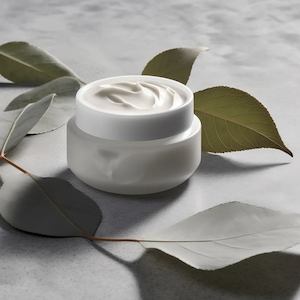Effects of regular exercise on skin moisturizing function in adults
 Smart Citations
Smart CitationsSee how this article has been cited at scite.ai
scite shows how a scientific paper has been cited by providing the context of the citation, a classification describing whether it supports, mentions, or contrasts the cited claim, and a label indicating in which section the citation was made.
Among lifestyle habits, the effect of exercise on skin moisturizing function has not been studied. Therefore, we aimed to clarify the effect of regular exercise on skin moisturizing function. The participants were 30-64 years old with no history of skin diseases and no exercise habits at the start of the study. The intervention group (n=9) continued to exercise at least 600 Mets/week for 8 weeks, while the control group (n=28) followed conventional lifestyle habits for 8 weeks. Questionnaires regarding lifestyle habits were administered at the beginning and after 8 weeks, and skin moisturizing function (stratum corneum hydration: SC hydration, Trans-Epidermal Water Loss: TEWL) was measured. Analysis of covariance was performed using sex, age, and measurements at the start of the study as covariates. Analysis of covariance showed that after 8 weeks of “moderate” or “higher” exercise, there was a trend toward higher SC hydration in the intervention group compared to that in the control group (p=0.083, η2=0.10). There was no difference in TEWL after 8 weeks (p=0.864, η2=0.00). These results suggest that regular exercise may help maintain and improve skin moisturizing function.





 https://doi.org/10.4081/dr.2023.9711
https://doi.org/10.4081/dr.2023.9711






